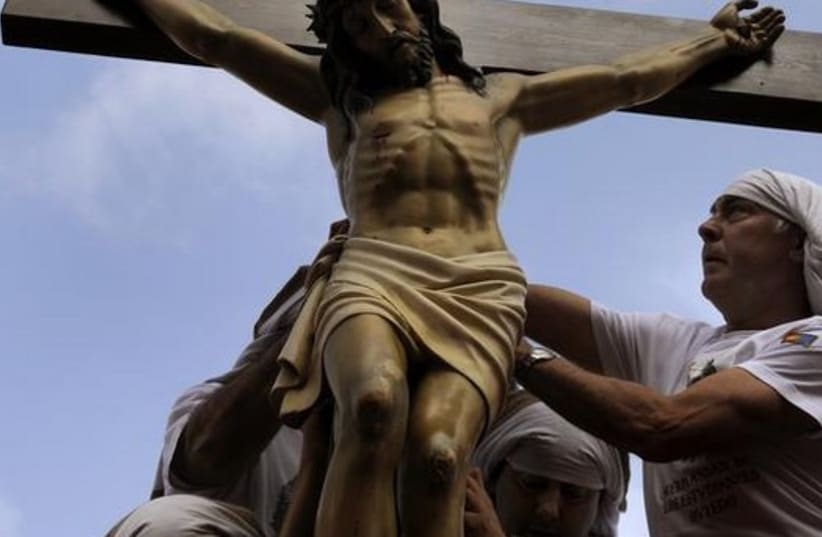In these days of the coronavirus, many of us are looking for a miracle, and Rami Arav, a professor in the department of philosophy and religion and in the department of history at the University of Nebraska, is certain that he can pinpoint the true location of Bethsaida, a town on the Sea of Galilee right near where Jesus is believed to have performed several miracles.
These include making a blind man able to see – the famous quote, “I was blind and but now I see!” comes from the description of this miracle – and also close to the spot where Jesus is said to have fed multitudes from just a few fish and loaves of bread. The town is also thought to be the home of Jesus’s apostles Peter, Andrew and Philip.
The British website Express quoted Arav on Tuesday as saying that after 30 years of research and excavations by archaeologists, a team digging at the Et-Tell archaeological site in northern Israel is sure that it has the evidence to support its claim that this is indeed Bethsaida. The article was headlined, “Bible Bombshell: City where Jesus fed crowds with five loaves and two fish found.”
Archaeologists agree that Bethsaida, which was mentioned many times in the New Testament, was a town in the Galilee region, but its exact location has proved to be a source of controversy.
Arav was quoted on the site referencing Titus Flavius Josephus, the first-century Jewish historian, who described the location of Bethsaida in his writings. The archaeologist told Express: “He claims that the city was in the lower Golan near the estuary of the Jordan River,” which he is convinced is the same place as the Et-Tell excavation site.
The main objection other archaeologists have to this conclusion is how far Et-Tell is from the Sea of Galilee, contrary to the belief that Bethsaida was accessible by boat.
The name Bethsaida comes from the Hebrew words for home and hunting (which could also have included fishing, scholars have suggested) and it is believed to have been a fishing village. Arav said that Bethsaida may have been closer to the Sea of Galilee during Jesus’s lifetime, and that changes in water levels and tectonics may have increased the distance.
“The Sea of Galilee is right in the middle of the Syrian-African rift and is prone to tectonic changes,” he pointed out and noted that his team had discovered ancient fishing equipment among the ruins of the settlement.
Other researchers have pointed to different locations as the site of Bethsaida, and another leading candidate is in el-Araj , a site approximately 200 meters from the shore of the sea.
But Arav said that what had been excavated there was a military camp and not the true Bethsaida.
If this article ends the disagreement over the location of Bethsaida, however, it will truly be a miracle.
